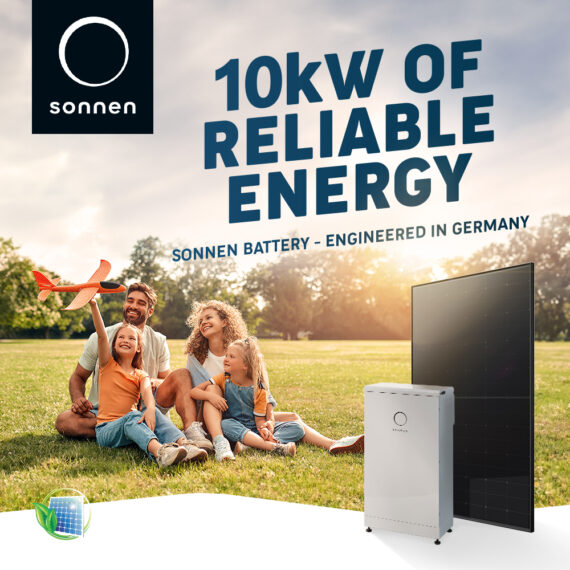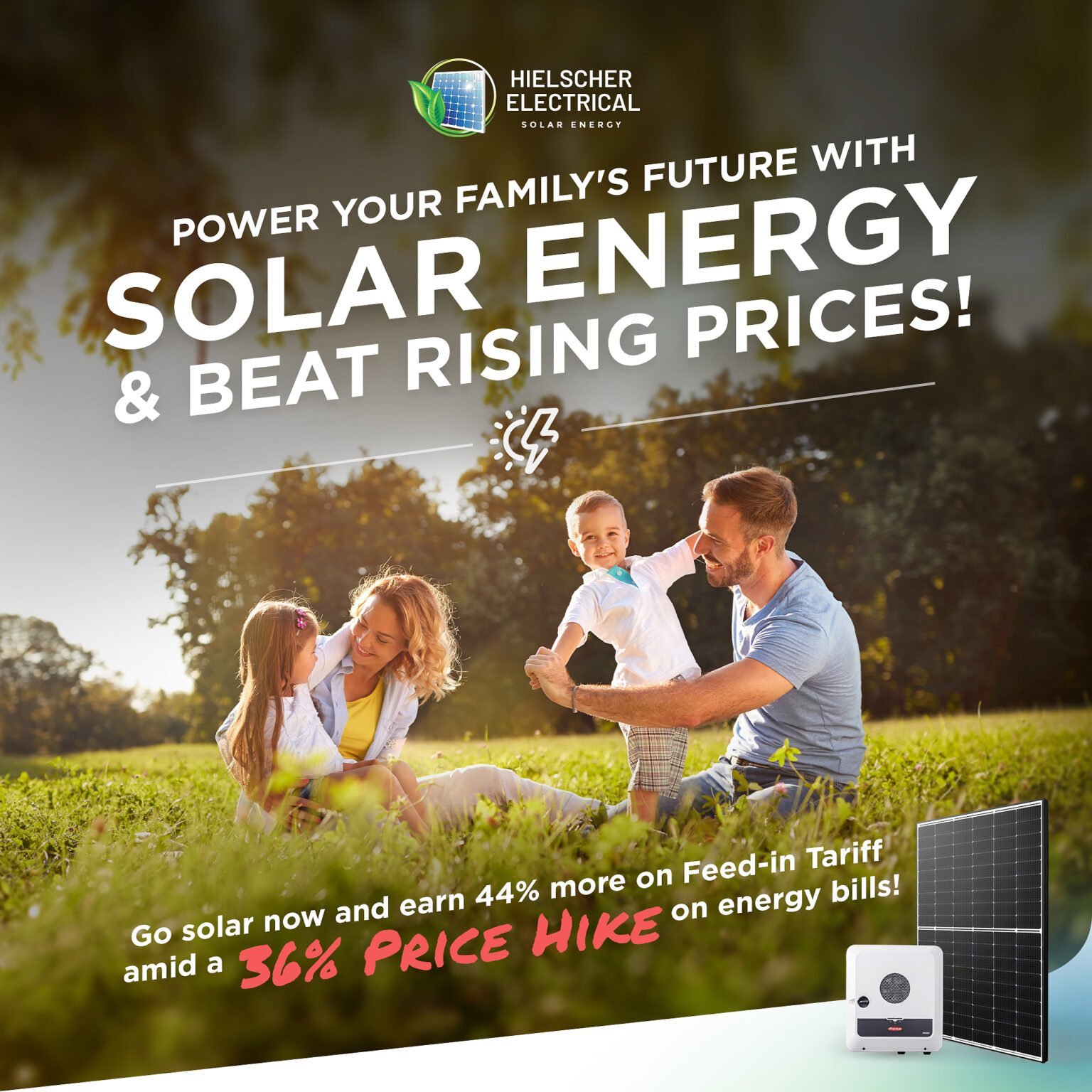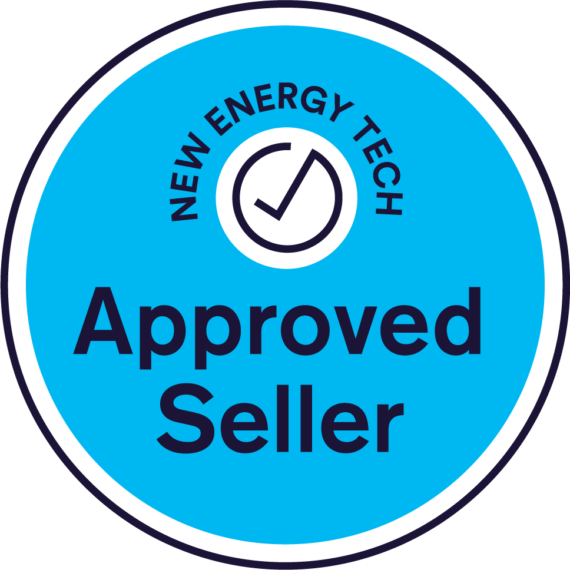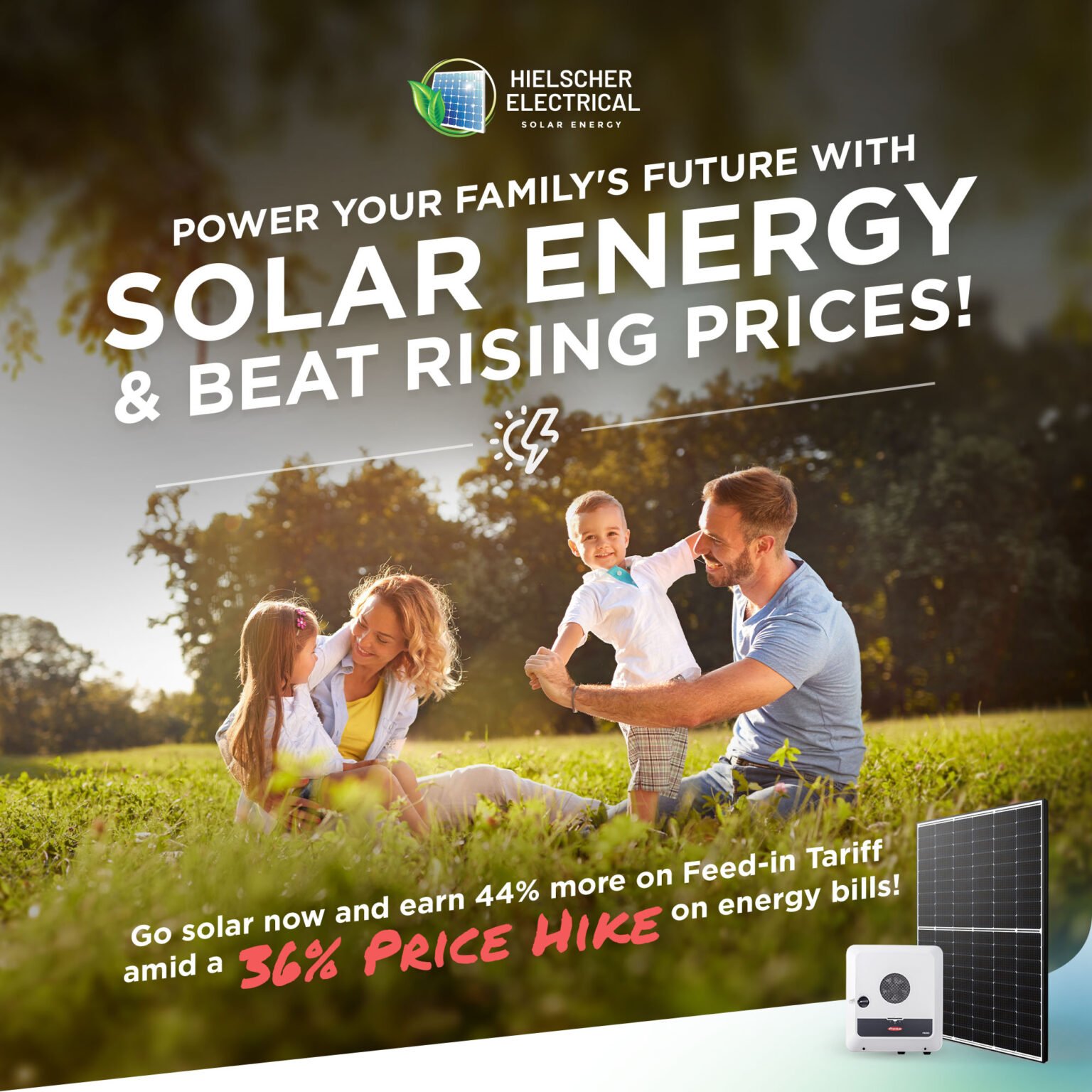Investing in solar panels is a significant decision for any homeowner. Not only does it promise a reduction in energy bills, but it also represents a step towards sustainable living. A common question that arises, however, is: how long do residential solar panels actually last? Understanding the lifespan and durability of solar panels is crucial for making informed decisions about your solar energy investment. In this comprehensive guide, we will explore the factors influencing the longevity of solar panels, the typical lifespan you can expect, and tips to maximise their efficiency and durability in Australia’s unique climate.
Factors Influencing Solar Panel Lifespan
Several elements impact the productive lifespan of solar panels, ranging from material quality to installation practices and environmental conditions.
1. Quality of Materials
The longevity of solar panels significantly depends on the quality of materials used in their manufacture. Panels from premium manufacturers like Panasonic and LG tend to have lower degradation rates of about 0.3% per year. In contrast, panels from other brands may degrade at rates as high as 0.8% annually. This difference means that high-quality panels could maintain over 93% efficiency after 25 years, while lower-quality ones might only achieve 82.5%.
2. Climate Conditions
Australia’s diverse climate plays a critical role in solar panel performance and longevity. High temperatures can accelerate the degradation of solar panels. The temperature coefficient, a figure found on the panel’s datasheet, indicates the efficiency loss per degree Celsius above the standard temperature of 25°C. For instance, a coefficient of -0.353% means that for every degree above 25°C, 0.353% of total production capability is lost.
3. Installation Practices
Proper installation is crucial to mitigate issues such as potential induced degradation (PID) and light induced degradation (LID). PID occurs due to voltage potential and leakage current driving ion mobility within the module, leading to power output decline. High-quality installations use PID-resistant materials in the panel’s glass, encapsulation, and diffusion barriers to prevent this issue. LID, which results in a 1-3% efficiency loss within the first hours of sun exposure, can also be minimised with high-quality crystalline silicon wafers.
4. Weather Impact
Panels are constantly exposed to weather elements, which can accelerate their degradation. Wind can cause mechanical stress, leading to microcracks that reduce efficiency. Similarly, snow can add weight and potentially scratch the panel surface if not cleared properly. While snow is less of an issue in most parts of Australia, in higher altitudes, it can be a concern.
5. Maintenance
Regular maintenance is essential to prolong the lifespan of solar panels. This includes cleaning to prevent dust and debris build-up, inspecting for damages after extreme weather conditions, and scheduling professional maintenance checks at least once every two years.
Typical Lifespan of Solar Panels
Most solar panels come with a manufacturing warranty of 25 years, reflecting their expected productive lifespan. According to the National Renewable Energy Laboratory (NREL), solar panels typically degrade at an average rate of 0.5% per year, meaning a 20-year-old panel will still produce about 90% of its original output. However, with high-quality panels, this degradation rate can be even lower.
In Australia, given the high levels of UV radiation, which can break down the materials in the panels faster, regular maintenance and high-quality installations become even more critical. Panels in tropical regions like Far North Queensland may face additional challenges due to intense sun exposure and occasional cyclones. Ensuring your solar panels are designed to withstand these conditions is essential.

🌞 Save Money and Electricity 🌞
Get Solar Panels for Your Home!
🏠 Interested in solar panels? ☀️
Contact Hielscher Electrical and Solar now for a FREE onsite assessment and quote. Start saving today! 💰💡
Understanding Solar Panel Degradation
Solar panels do degrade over time, primarily due to the following factors:
1. Ultraviolet (UV) Radiation
Australia has some of the highest UV radiation levels in the world, which accelerates the breakdown of panel materials. This degradation process reduces the efficiency of solar panels over time, although high-quality materials can mitigate this effect to some extent.
2. Thermal Cycling
Thermal cycling, the process of materials expanding in the heat and contracting in the cold, causes microcracks over time. This effect is more pronounced in regions with significant temperature fluctuations. Proper installation can help minimise thermal cycling effects by ensuring adequate airflow under the panels to regulate temperature.
3. Humidity and Moisture
In coastal areas, high humidity and salt exposure can also affect solar panel longevity. Panels installed with moisture-resistant materials and proper sealing can withstand these conditions better, reducing corrosion and extending their lifespan.
Maximising Solar Panel Longevity
Here are some practical tips to ensure your solar panels last as long as possible:
1. Regular Cleaning
Keeping your solar panels clean is crucial for optimal performance. Dust, bird droppings, and debris can block sunlight and reduce efficiency. Clean your panels with a non-abrasive cloth or a soft-bristled broom and water to maintain their effectiveness.
2. Professional Inspections
Regular professional inspections can identify and address issues before they become major problems. It’s advisable to have a professional check your panels at least once every two years to ensure they are functioning correctly and to address any potential degradation issues.
3. Monitoring Performance
Modern solar installations often come with monitoring systems that allow you to track the performance of your panels in real-time. By keeping an eye on output levels, you can detect any drops in performance early and take corrective action.
4. Proper Installation
Ensure your panels are installed by certified professionals who follow best practices. Proper racking systems, adequate spacing for airflow, and using high-quality materials are essential for long-term performance.
5. Protective Measures
In regions prone to extreme weather, additional protective measures such as wind-resistant racking systems and UV-protective coatings can help safeguard your panels. These measures can prevent physical damage and reduce the impact of environmental stressors.
The Role of Warranties
Most solar panels come with warranties that cover defects and failures, typically ranging from 10 to 25 years. This warranty period reflects the manufacturer’s confidence in the panel’s durability. However, it’s important to read the fine print and understand what is and isn’t covered under the warranty. Often, warranties cover materials and workmanship but may not cover degradation due to environmental factors.
Home Insurance Considerations
Solar panels are often covered under home and contents insurance policies as they are considered a permanent fixture of the building. However, it’s essential to check your specific policy to ensure coverage. You may need to inform your insurer about the installation of a solar system, which could impact your ‘sum insured’ and potentially increase your premium.
Environmental Benefits and Long-Term Savings
Investing in solar panels is not just about the immediate financial savings on your energy bills. It’s also about the long-term benefits and contributions to environmental sustainability. Over their lifespan, solar panels significantly reduce greenhouse gas emissions and reliance on fossil fuels, making them a responsible choice for environmentally conscious homeowners.
Furthermore, with ongoing advancements in solar technology, the efficiency and durability of solar panels are continually improving. This means that today’s investments in solar technology are likely to yield even greater returns in the future, both economically and environmentally.

🌞 Save Money and Electricity 🌞
Get Solar Panels for Your Home!
🏠 Interested in solar panels? ☀️
Contact Hielscher Electrical and Solar now for a FREE onsite assessment and quote. Start saving today! 💰💡
Let’s Recap
Understanding the lifespan of residential solar panels involves considering factors such as material quality, climate, installation practices, and regular maintenance. While most panels are built to last 25-30 years, high-quality installations and proper maintenance can ensure they remain efficient for even longer. For Australian homeowners, especially those in Far North Queensland, ensuring your solar panels are installed by a trusted local provider like Hielscher Electrical can make all the difference.
Are you ready to explore solar energy solutions tailored for Australia’s unique climate conditions? Contact us today for a free energy assessment and take the first step towards sustainable living and long-term savings.
References:












